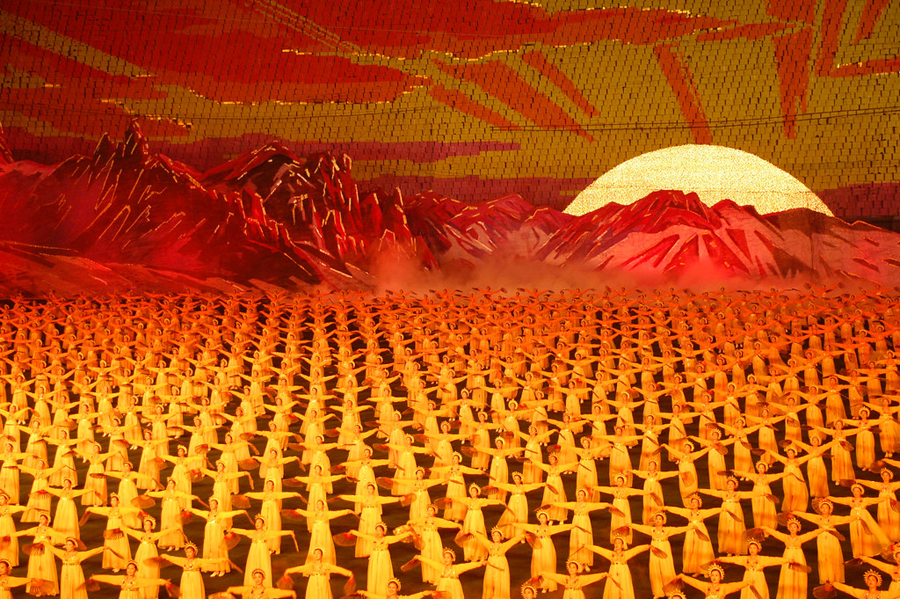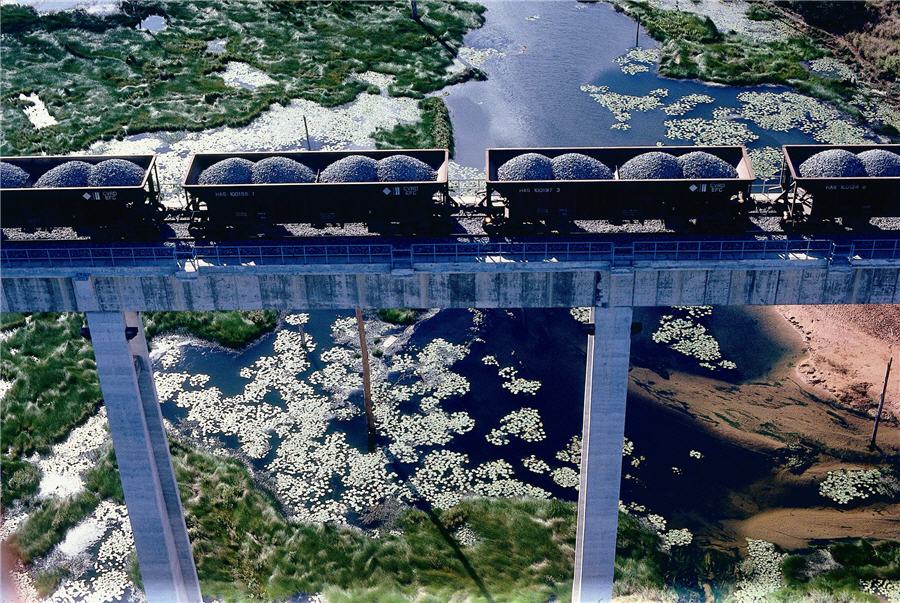North Korea lights fire under coking coal price

On Monday, the market for coking coal enjoyed its best day in months with the steelmaking raw material jumping 2.4% to $153.60, the lowest since early September.
Met coal has been sold down relentlessly following multi-year high of $308.80 per tonne (Australia free-on-board premium hard coking coal tracked by the Steel Index) hit in November, but news that China will stop importing all coal from North Korea may be what finally supplies a floor.
On Saturday the totalitarian dictatorship’s largest trading partner, China, reacted to the Feb. 12 test of a long-range ballistic missile by announcing a ban on coal from the rogue nation till the end of 2017.
The decision by the China’s Ministry of Commerce, issued jointly with the country’s customs agency, was made to comply with a UN Security Council resolution that China helped draft and pass in November.
In December, China paid $63 a tonne for Mongolian coking coal when the seaborne price was averaging above $230 a tonne
Along with restricting the export of coal, the resolution also targets non-ferrous metals, statues and other luxury items like tapestries.
China’s import ban on North Korean coal was supposed to be lifted in January but the missile test has meant that Beijing’s coal ban will continue.
Last year China imported 22.4 million tonnes of anthracitic coal that can be used as an alternative to coking coal in the steelmaking process from North Korea, a nearly 15% rise from 2015.
China forges more steel than the rest of the world combined and the country last year imported a total 59.2 million tonnes of coking coal, an increase of nearly 24% over 2015.
Australia is the number one supplier to China, which exported 26.8 million tonnes last year, a 4.8% increase year on year.
Mongolia accounted for 23.6 million tonnes of total imports; a 85% jump which is creating a logistical nightmare for the landlocked country.
As a captive supplier (and due to a deal struck by Ulaanbaatar to use coal exports to pay down debts owed to Aluminum Corporation of China, or Chalco) land-locked Mongolia sells its coal for much less than the seaborne price.
In December, China paid $63 a tonne for Mongolian coking coal when the seaborne price was averaging above $230 a tonne.
Imports from Canada and Russia declined by 9.3% and 19.4% respectively while the US exported no coking coal to China.
Hat tip: GP
{{ commodity.name }}
{{ post.title }}
{{ post.date }}

Comments
Alfred Weinberg
Frik, and editor of Frik, please get your facts right! Anthracite is not used as coking coal (which, of course, is coal used to produce coke).
By making such mistakes you are losing your credibility.